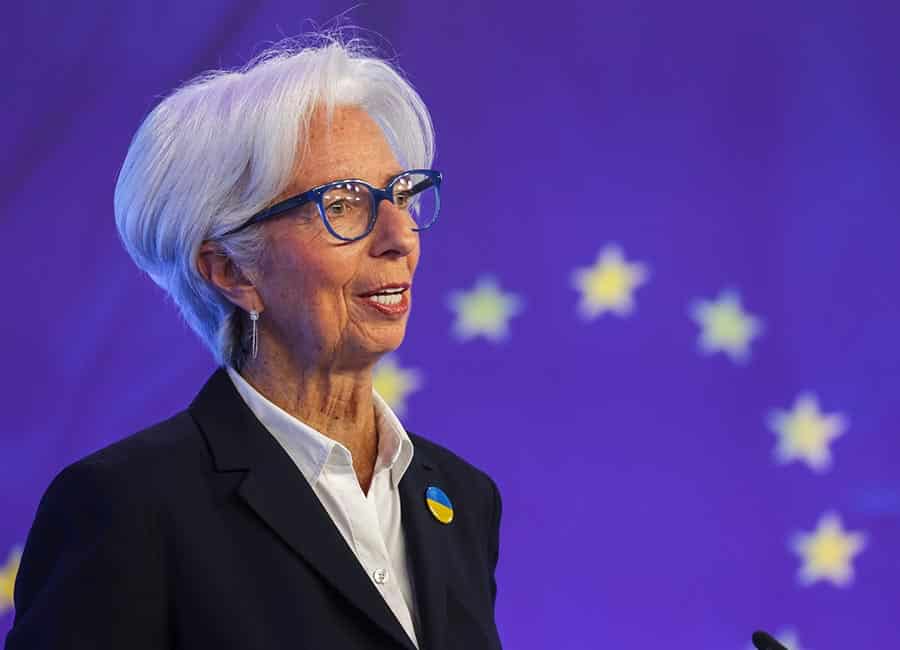Weekly earnings rose 4.2% or around €36 year-on-year to an average of €900.26 at the end of 2022, figures from the Central Statistics Office (CSO) show.
In the five years to the fourth quarter of 2022, average weekly earnings increased by close to a quarter (+23%) from €731.86.
Average hourly earnings rose 5.5% from €26.27 to €27.72, while average weekly paid hours declined 1.2% from 32.9 to 32.5. Average hourly other labour costs grew by 38.4% to €4.54 from €3.28 in Q4 2021 due in part to curtailment of EWSS.
The highest average for hourly total labours costs was recorded in the information & communication sector (€50.69), ahead of education (€47.36). The lowest averages were reported in accommodation & food services (€16.95) and the arts (€23.44).
The largest annual increase in earnings in the fourth quarter was seen in public administration & defence (+10.5%) following the agreement of the latest public pay deal. Pay for public servants increased 3%, backdated to February 2022, with the deal.
The second largest increase was 9.8% in the information & communication sector, with weekly pay for IT workers rising from an average of €1,376.70 to €1,512.16 year-on-year.
The job vacancy rate, meanwhile, fell from 1.6% to 1.3% during the four quarter, but remains above the 0.9% rate recorded in Q4 2019, the final full quarter before the pandemic.
The highest job vacancy rates in Q4 2022 were 3.1% in professional, scientific & technical activities and 2.6% in financial, insurance & real estate activities.
There were 27,600 job vacancies at the end of Q4 2022, down by 1,800 from the end of Q4 2021.

Retail sales up 0.1% in January
The CSO also released the latest retail sales figures, which show volumes rose 0.1% month-on-month and 3% year-on-year in January.
The largest monthly volume increases were posted in furniture & lighting (+28%), clothing, footwear & textiles (+26.5), and fuel (+3.4%), with the largest decreases in bars (-20.4%), department stores (-5%) and non-specialised stores (-3.4%) following the Christmas season.
On an annual basis, bars posted the largest increase in sale volumes (+20.4%), albeit from a low base, and there were significant increases in furniture & lighting (+13%), fuel (+7.7%), clothing, footwear and textiles (+7.4%), and motor trades (+6.9%).
Other retail sales (-15.1%), department stores (-10.8%), and food, beverages & tobacco (specialised stores) (-8.4%), showed the largest annual volume decreases in January 2023.
The volume of retail sales excluding motor trades rose by 0.1% in the month and 0.3% in the year.
The proportion of retail sales transacted online with Irish-registered companies was 5.6% in January 2023 compared with 6.3% in December 2022, 5.6% in January 2022, and 11.0% in January 2021 at the peak of the pandemic.
"The value of retail sales was 0.2% lower in January 2023 than December 2022 and was 10.5% higher than a year earlier," said Stephanie Kelleher, statistician in the business statistics division at the CSO, of the provisional figures.
"Excluding motor trades, the value of retail sales rose by 1.1% in the month and rose by 7.6% on an annual basis."
(Pic: Getty Images)











